Description
The Plant
The FAGUS sylvatica f. tortuosa , or contorted European beech, is a truly captivating tree. Its unique appearance makes it a living sculpture. Indeed, its twisted and gnarled branches seem to dance in the breeze. These distinctive shapes are not accidental but rather the result of peculiar genetics. Moreover, the contorted beech is a robust tree that can adapt to various conditions. Whether planted as a solitary specimen to highlight its extravagant form or in a group to create an original hedge, it will add a touch of elegance to any garden. Its dense foliage provides welcome shade in summer, while its bare branches in winter reveal the full beauty of its sinuous lines. Given its robustness and longevity, it is undoubtedly a plant that will delight generations to come. If you love this magnificent beech, you’ll likely also adore its purple variant, which you can learn more about here.
Planting and care of FAGUS sylvatica f. tortuosa
How to plant?
To begin, choose a sunny or partially shaded location and well-drained soil. Then, plant your young tree following our planting advice available here.
How to maintain it ?
Water this plant regularly during its first few years to encourage root development (follow our watering guidelines here). Once established, the contorted beech requires little maintenance. If desired, you may prune it in January or February (for example, for a thinning cut). With these few simple steps, your contorted beech will grow harmoniously and thrive for centuries.
History and Origin
But where does this strange tree come from? Well, no one really knows for sure. Some scientists think it’s just a naturally occurring mutation of the regular beech tree, while others believe it’s the result of nature selecting certain traits over time. Either way, one thing’s for sure: people will be amazed by the contorted beech for hundreds of years.

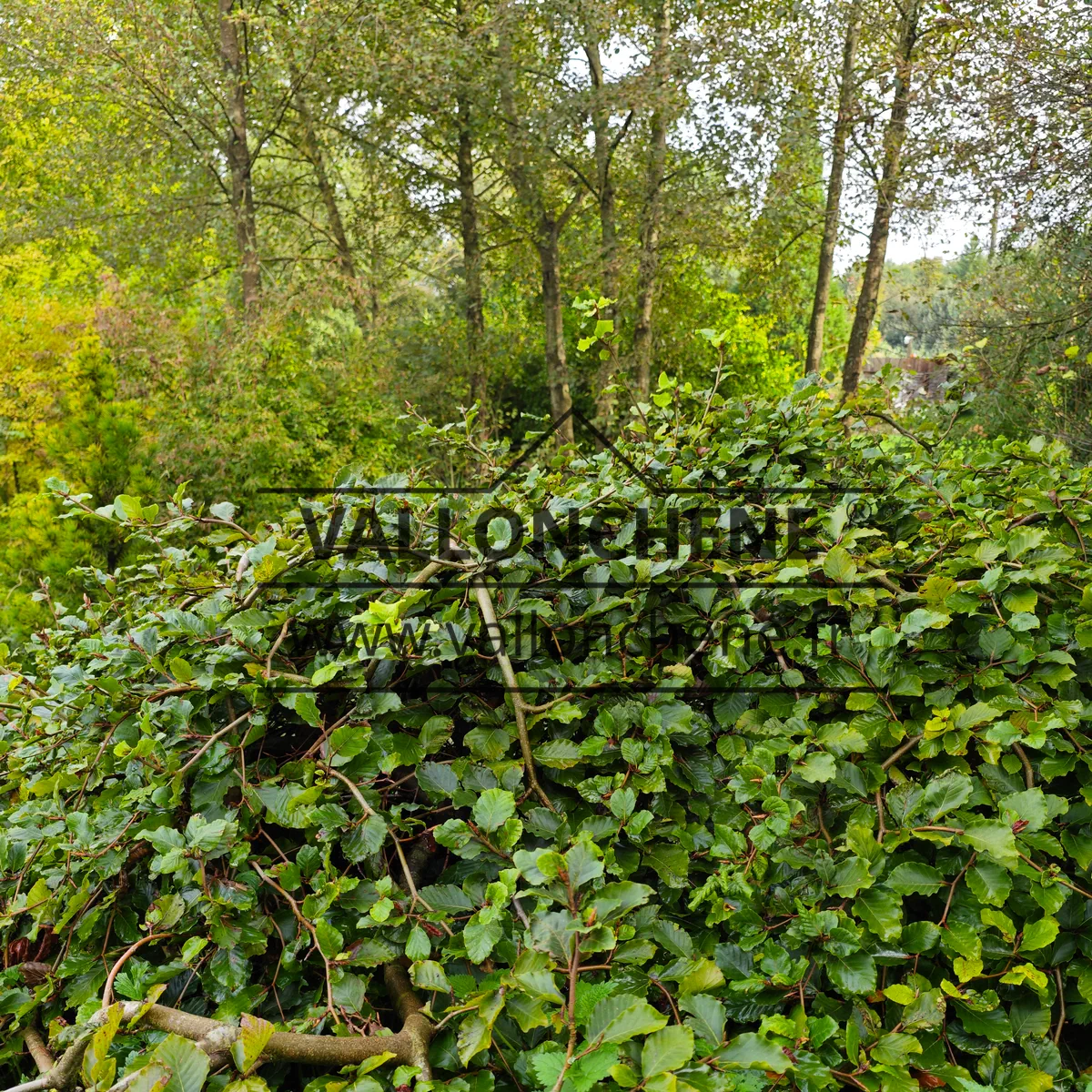
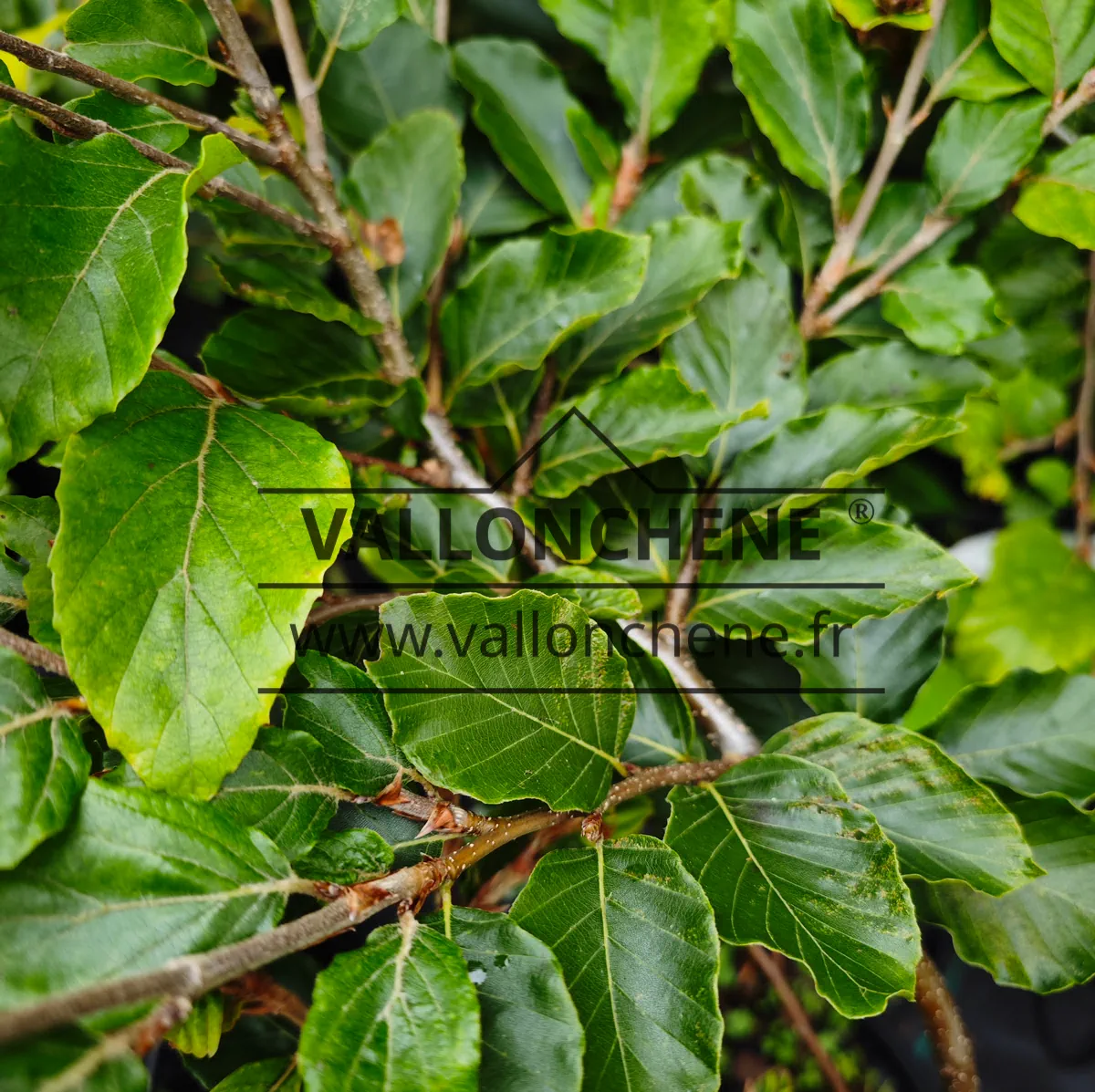
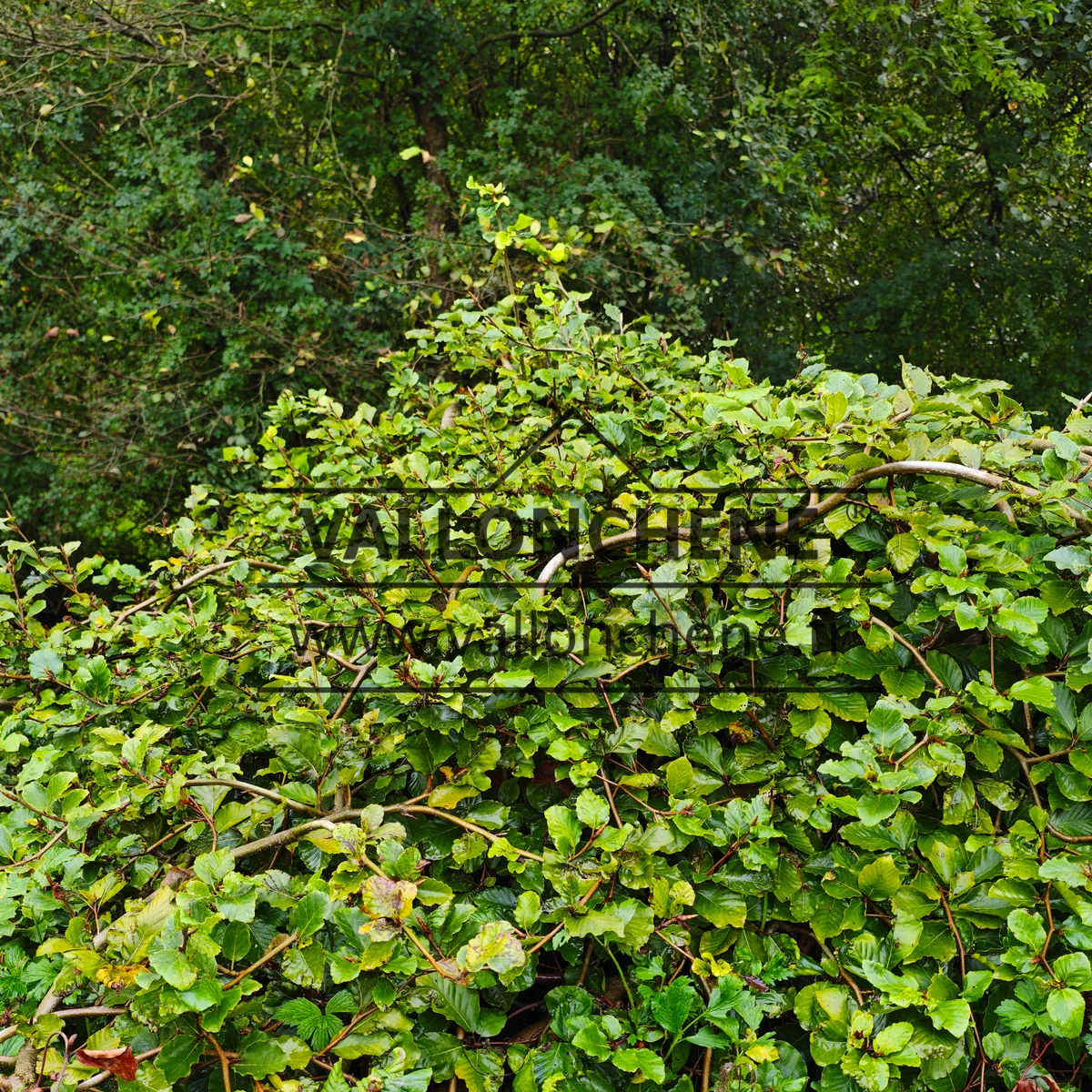
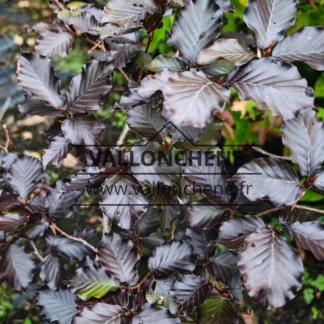
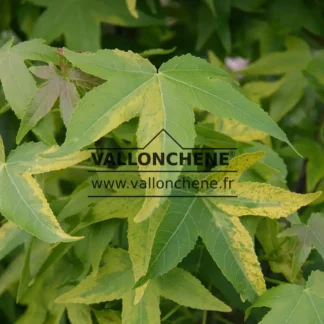
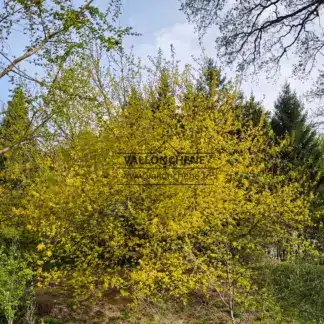


Reviews
There are no reviews yet.